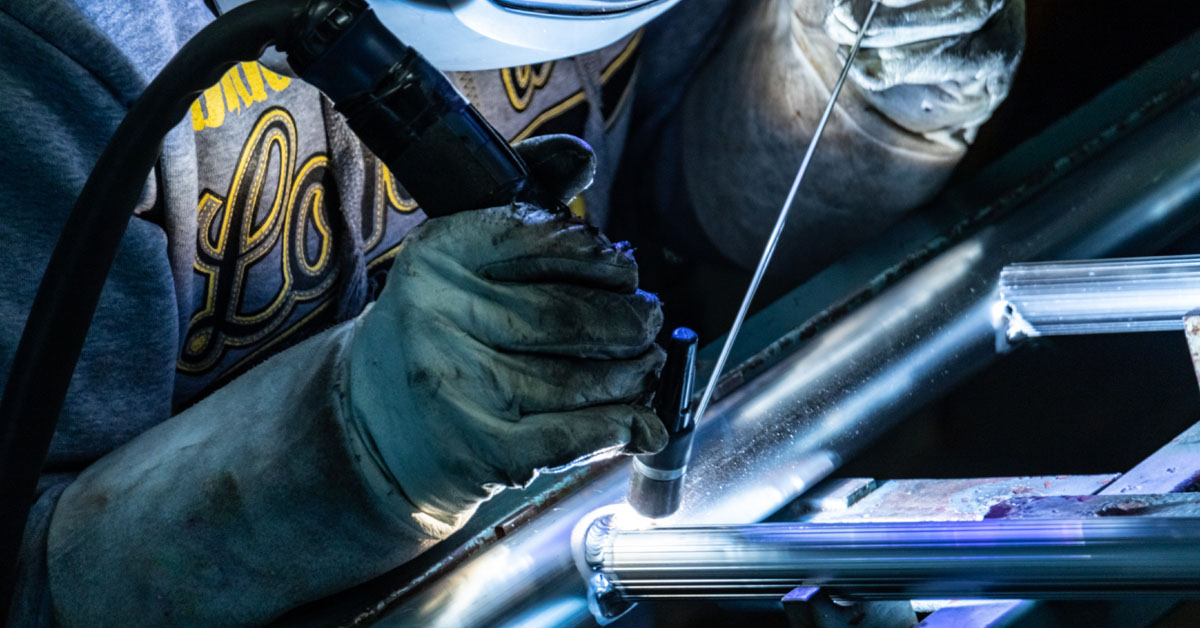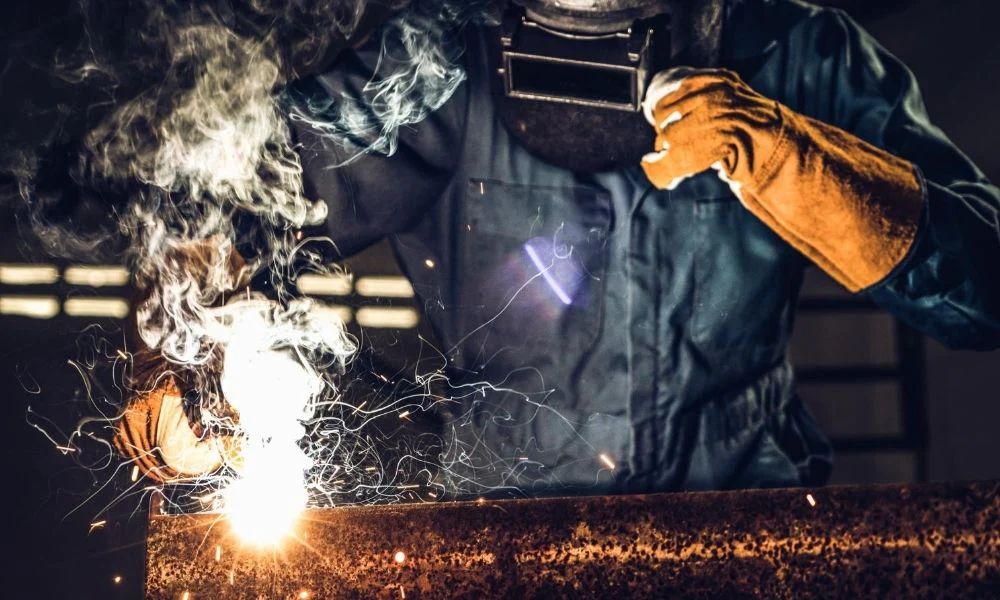Have you ever heard about welding procedure? Welding is the technique of uniting two or more metal elements by melting them collectively. Though welding is indeed a challenging and tricky method, melting the light-weight metals especially the aluminum requires an extreme accuracy to get sturdy bonds of the metals. Prior to initiating the welding of aluminum, you might require to assemble the exact tools and equipment, exercise caution, and you must have a previous experience.
The Aluminium can be welded to several metals through mechanical fastening or adhesive bonding. However, the question is can you weld Aluminium to steel? And how easy is the procedure of welding Aluminium? Perhaps, you require the additional techniques and expert skills to weld the aluminum into steel.
When some specific metals such as magnesium, copper, and titanium are precisely welded to aluminum, the formulation of fragile intermetallic elements initiates. Therefore, in order to avoid it, people often segregate the specific metal from the dissolved aluminum while processing the arc welding operation. If you aren’t well familiar with the aluminum welding techniques which can connect the same with steel then let’s discuss the two major procedures to get the best possible results:
Can You Weld Aluminum to Steel Through Bimetallic Transition Insert?

Generating a bimetallic transition insert is perhaps one of the top-most ways utilized to weld aluminum to steel. Plus, it has been also proven to be effective enough for creating the welded link of brilliant quality in the structural function. The bimetallic transition inserts can be defined as the portion of components comprising one section of aluminum whereas another equivalent portion of stainless steel that is already connected to aluminum. Some of the major operations practiced to melt these two divergent metals include:
- Rolling.
- Friction welding.
- Flash welding, commonly known as hot pressure welding.
- Explosion welding.
- Arc welding.
In the arc welding process, the steel and aluminum conversion can be processed using the common procedures such as GTAW and GMAW. In this operation, one side of the portion is welded steel to steel, whereas the very next section is welded aluminum to aluminum.
Most of the people prefer aluminum to aluminum welding initially to prevent the excessive heating of the metal. Apart from that, this would further give a bigger heatsink while the steel to steel welding is practiced. In addition to the conversion of aluminum to steel, the bimetallic transition insert is commonly used for the below-listed purposes:
Coat the Steel Before Its Actual Welding
Another method that has proven successful in melting the aluminum into steel is dip coating, generally known as hot-dip aluminizing process. This method suggests that before initiating the welding of aluminum and steel together, the steel should be primarily coated in aluminum. This is because, once the steel gets coated, the former metal can easily be arc welded to the later one. Make sure to take certain precautions while performing this step to avoid the arc from intruding on the stainless steel.
Brazing is another widely preferred procedure to weld aluminum to steel in which the surface of the steel is coated using the silver solder and both the metals (aluminum and steel) are welded together through aluminum filler alloy. You can also utilize some cheap tig welder for aluminum such as MTS 165 Amp welder aluminum or IGBT INVERTER AC DC TIG Aluminium welder.
Conclusion
So having read this guide, we assume that you might be familiar with the aluminum to steel welding process i.e., using the aluminum welder you can easily process the operation. However, prior to actually initiating the welding, it is highly recommended to carry the protective outfits. TIG welding process leads to the generation of a large number of UV rays which escalates the probability of burning your arms and hands. Besides that, it is equally essential to wear the safety equipment including a welding helmet, a respirator, pair of thick gloves, and of course the eye protection. All the best!

